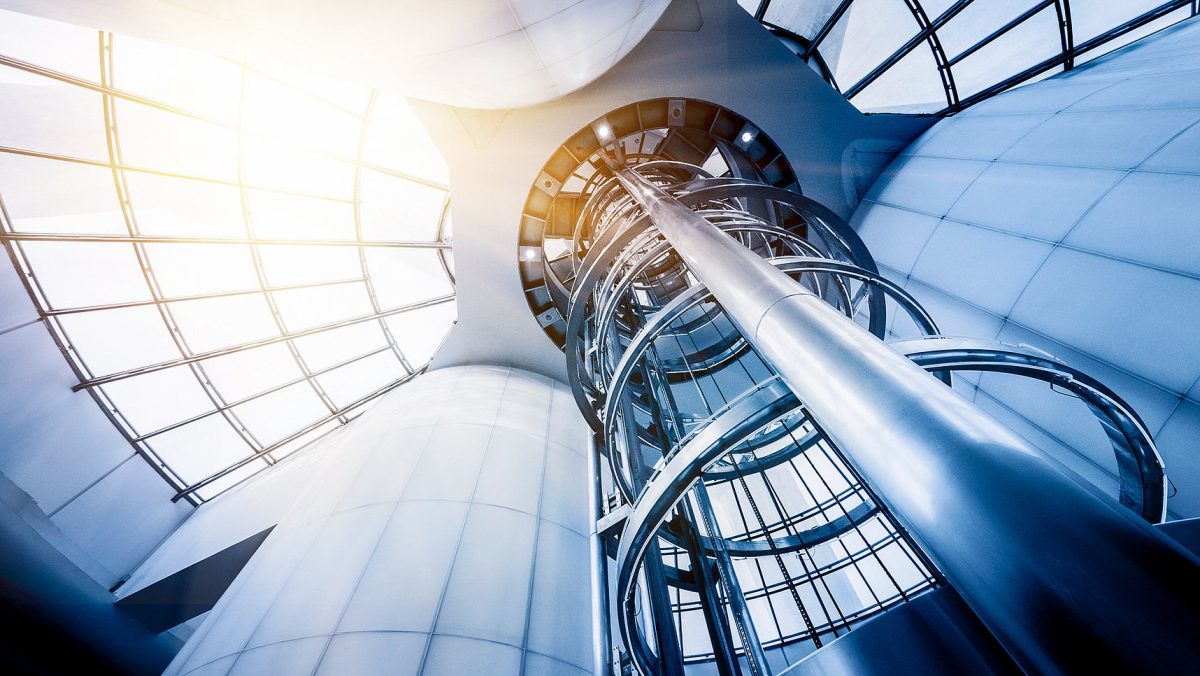In today’s fast-paced world, vertical transportation plays a pivotal role in shaping modern urban infrastructure and improving mobility. Lifts, also known as elevators, have evolved significantly over the years, becoming safer, more efficient, and capable of transporting people and goods at unprecedented speeds. In this blog post, we will explore some of the most remarkable innovations in lift technology that are transforming the way we move within buildings and beyond.
High-Speed Elevators
One of the most notable advancements in lift technology is the development of high-speed elevators. Traditionally, lifts were limited by the constraints of their mechanical systems, which restricted their speed. However, technological breakthroughs, such as advanced motor control systems, have led to the creation of lifts capable of reaching astonishing speeds.
In recent years, we have witnessed the emergence of supertall skyscrapers, and high-speed elevators are essential in efficiently moving people to upper floors. Companies like March Elevator Ltd have introduced elevators that can travel at speeds exceeding 20 meters per second, significantly reducing travel times and enhancing overall building accessibility.
Double-Decker Elevators
As urban centers continue to grow vertically, the need for efficient space utilization in buildings has become paramount. Double-decker elevators have emerged as a solution to optimize vertical transportation in high-rise structures. These elevators feature two stacked cabins, effectively doubling the transport capacity without increasing the elevator’s footprint.
By utilizing advanced control algorithms and safety systems, double-decker elevators maintain smooth operation and ensure passenger safety during entry and exit. This innovative design enables architects to create more space-efficient buildings and further enhances the sustainability of urban developments.
Destination Control Systems
Traditional elevator systems relied on simplistic call buttons and assigned lifts to specific floors, often leading to inefficiencies and congestion during peak hours. Destination control systems (DCS) have revolutionized vertical transportation by optimizing the flow of passengers in a more intelligent manner.
DCS uses cutting-edge algorithms and sensors to determine passengers’ destinations and group them into the most efficient elevator routes. This not only reduces waiting times but also enhances energy efficiency by minimizing unnecessary stops and starts. Iconic buildings like One World Trade Center in New York City have embraced DCS to enhance passenger experience and reduce elevator-related energy consumption.

Maglev Elevators
Magnetic levitation (maglev) technology has been widely explored in the realm of transportation, especially in high-speed trains. Maglev elevators represent an exciting innovation in lift technology, as they use magnetic fields to suspend and propel the elevator cabin along guide rails without physical contact.
The absence of traditional cables and pulleys in maglev elevators reduces friction, resulting in smoother rides and decreased maintenance needs. These elevators have the potential to reach higher speeds and offer improved energy efficiency compared to conventional systems. Maglev elevators are still in the research and development phase, but their prospects hold great promise for the future of vertical transportation.
Smart Elevators and IoT Integration
With the rise of the Internet of Things (IoT), elevators have become part of smart building ecosystems. IoT integration allows for real-time monitoring of lift performance, predictive maintenance, and data-driven optimization. Smart elevators use sensors to detect passenger movement, adjust cabin allocation, and regulate energy consumption based on demand.
Additionally, IoT-powered smart elevators offer improved accessibility features, such as voice-activated controls and touchless interfaces, promoting inclusivity and convenience for all users. Furthermore, building managers can remotely manage elevator operations, track energy usage, and optimize overall building performance for greater sustainability.
Green Elevators
As the world increasingly focuses on sustainable practices, lift technology has responded with the development of green elevators. These eco-friendly lifts are designed to reduce energy consumption and minimize environmental impact.
Regenerative drives are one such innovation. These systems capture and store energy generated during the elevator’s descent and reuse it during its ascent, significantly reducing power consumption. Moreover, the integration of energy-efficient lighting and intelligent standby modes further contributes to greener vertical transportation solutions.
Conclusion
Innovations in lift technology have transformed the way we navigate within buildings and have helped shape the skylines of modern cities. From high-speed elevators that whisk us to great heights in mere seconds to green elevators that prioritize sustainability, these advancements are revolutionizing the vertical transportation industry.
Looking ahead, continued research and development will likely bring even more exciting breakthroughs in lift technology. Whether it’s maglev elevators redefining speed and efficiency or smart elevators revolutionizing passenger experiences, the future of vertical transportation promises safer, faster, and more sustainable journeys for all.

